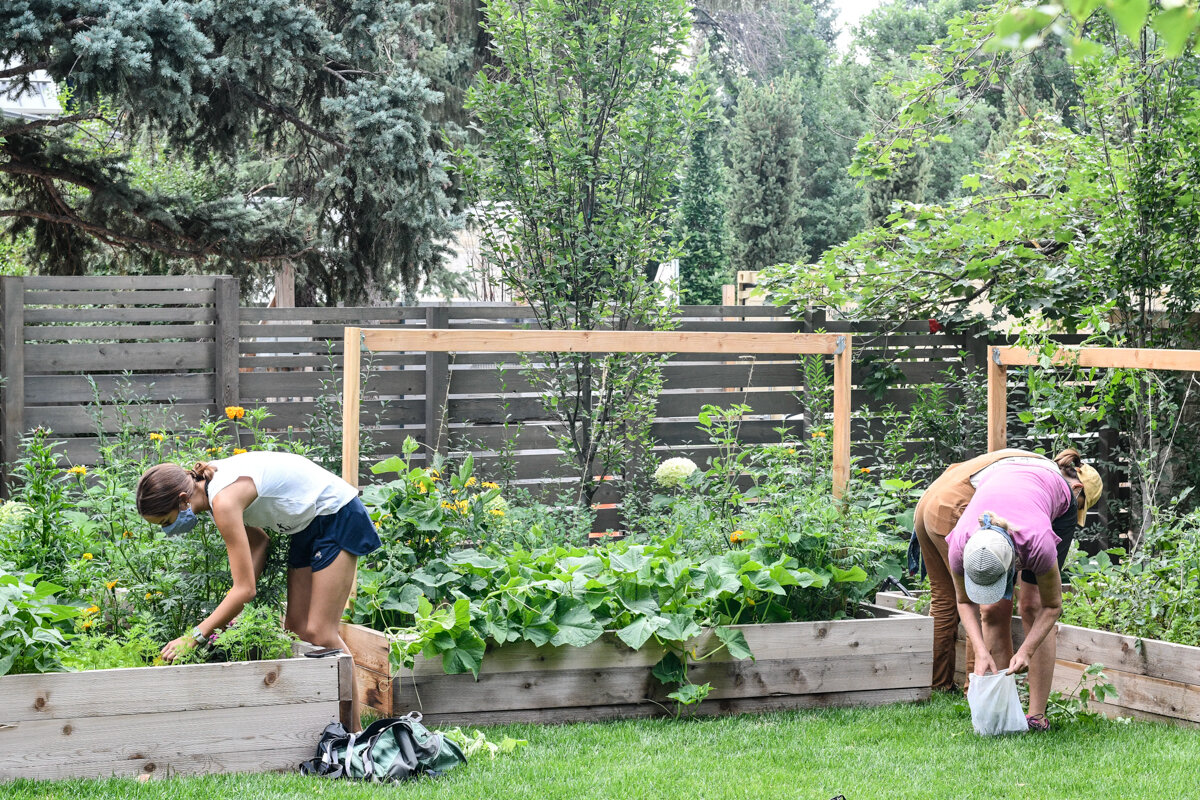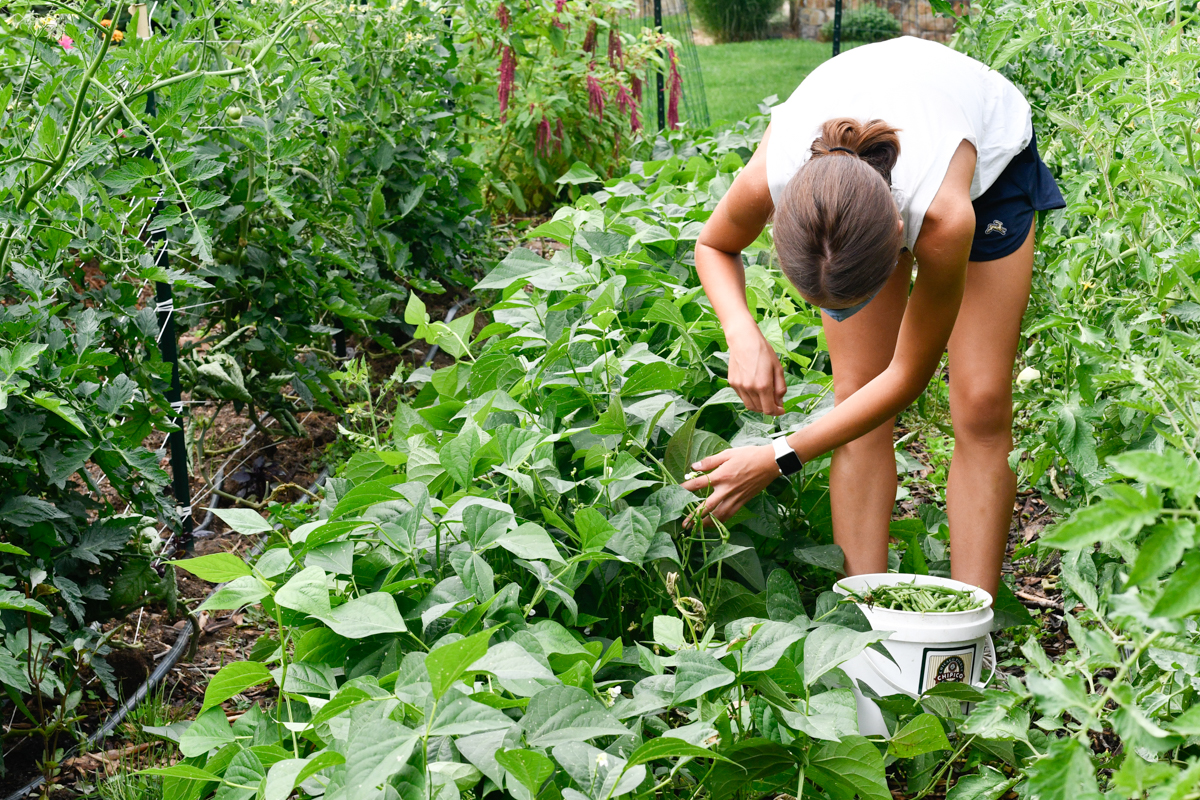Gardening in Colorado requires careful attention to seasonal variations, correct watering techniques and soil preparation. However, with 300 days of sunshine, disease problems are not as prevalent as in humid regions. Our semi-arid, mile-high altitude allows vegetables and flowers to mature quickly, with fruiting varieties, such as tomatoes, peppers and squash thriving in abundant light. For all gardeners, a little knowledge about basic gardening techniques and Colorado conditions can lead to a well managed, beautiful organic garden, with rich, productive soil and a diverse harvest.
Know When to Plant
The last spring frost is around May 15th, and the first fall frost is around October 5th.
Cool season crops, which can be planted as soon as the soil can be prepared (usually late March) include: spinach, onion seeds and sets, asparagus crowns, cilantro, parsley, potatoes, radishes, leaf lettuces, peas, green onions, collards and mustard greens. A few weeks later (mid-late April), plant carrot seeds and transplants of cabbage, broccoli and cauliflower.
Plant winter squash, pumpkins, corn, sweet basil, beans, cucumbers, and melons in the first week of May. Transplants of tomatoes are usually planted the second week in May, while heat-loving peppers and eggplants are best planted the third week in May.
Peas can be replanted at the end of July for a fall crop. Spinach, lettuce and radishes can be replanted in mid-August for a fall crop. Read individual seed packets for crop-specific information.


Prepare Soil with Adequate Organic Material
Most Colorado soil is a heavy clay type, which needs to have at least 2 inches of compost dug into the top 3–4 inches of soil. Moisten soil a few days before digging and do not work the soil when it is wet, as it will dry like adobe brick.
Dig with a shovel or garden fork, turning over small clumps of soil at least 6 inches down, breaking up clumps with the shovel to produce fine particles. Spread compost on top of the loosened soil, again mixing it into the top several inches of clay soil (where most of the root growth occurs).
Plant Only What You Like and Can Care For
- Plan enough space for cool, warm and hot season vegetables and herbs.
- Utilize ‘succession planting’ for fast-maturing veggies such as spinach, lettuce and peas. To ensure a staggered harvest, plant small quantities of the above crops at 1–2 week intervals.
- Interplant shade-loving veggies, such as lettuce, with taller peas. The peas shade the lettuce and also provide nitrogen needed by the salad green.
- Leave enough space to replant spring crops in mid-August for a fall harvest.
- Thin all direct-seeded crops to allow room for root development.


‘Harden Off ‘ All Greenhouse Transplants
For one week, expose all transplants to outdoor growing conditions. Take them outside in a semi-shaded area for 1 hour the first day and then bring them back inside. Each day, increase their time outside by 1–2 hours. By the end of the week transplants should be able to withstand strong winds and UV exposure.
Water Gently at Root Level
Newly planted seeds need daily watering, with uniform moisture applied slowly and evenly. Avoid overhead watering of tomatoes, cucumbers, beans, squash, pumpkins and melons, as diseases can be spread with such a technique. To find out if plants need water, insert a branch or your finger several inches into the soil, if moist soil adheres to your measuring device, plants do not need water.
Cultivate the Soil Around All Plants Once a Week
Lightly scratching the soil before watering is an excellent way to keep the weed population in check and open up air channels for deeper infiltration of water. A crumbly, loose soil also allows roots to reach down further for water. Weeds can be left directly on the soil and used as mulch.
Mulch All Areas
Use straw or dried pesticide-free grass clippings as mulch around all crops. A light covering on all bare soil provides a cooler root-growing environment, prevents erosion and conserves water.
Harvest Frequently
Overgrown produce becomes a magnet for disease and insect infestation. Harvest when veggies are small and skins are shiny (especially noticeable in eggplants). As plants slow in production, remove the crop and plant a different variety. Early peas can be followed by squash, and spinach or lettuce can be followed by beans.


